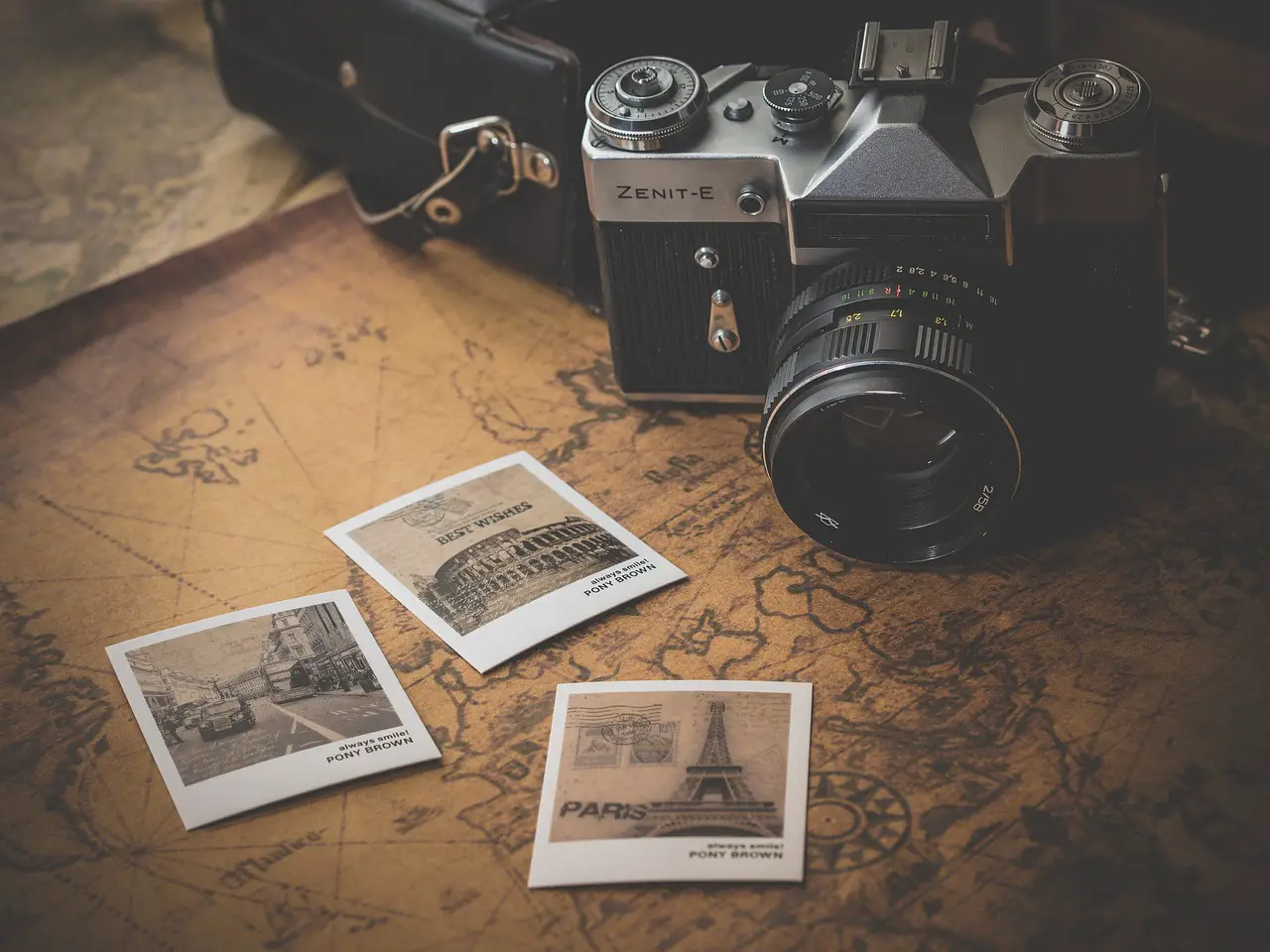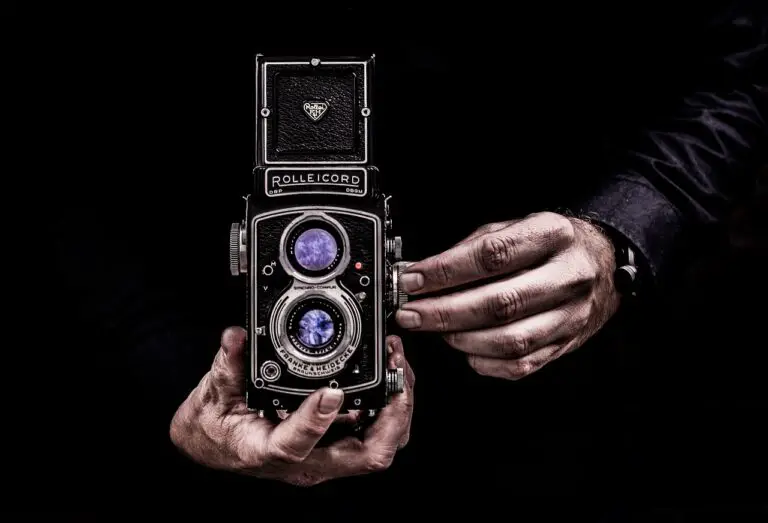What Is Unity In Photography
Achieving Visual Harmony: Unity in Photography
Unity in photography refers to the visual harmony and coherence achieved when all elements within an image work together purposefully and contribute to the overall message or theme. It is the ability to bring all the various elements of a photograph into a harmonious whole, creating a sense of completeness and visual satisfaction for the viewer. Unity is achieved by carefully considering and arranging elements such as shapes, lines, colors, textures, and subjects within the frame to create a balanced and pleasing composition.
Creating Visual Unity through Repetition
One way unity can be achieved is through repetition. By repeating certain elements throughout the photograph, such as shapes or colors, a sense of visual rhythm and cohesion is established. Repetition creates a visual connection between different parts of the image and helps to unify the composition. It can also create a sense of balance and order, leading the viewer’s eye through the photograph in a controlled and intentional manner.
Creating Impactful Images through Simplicity
Another aspect of unity in photography is the concept of simplicity. Simplicity involves eliminating any unnecessary or distracting elements from the frame, focusing only on what is essential to convey the desired message or evoke a particular mood. Simplifying the composition helps to eliminate visual clutter and allows the viewer to easily understand and appreciate the image. By stripping away excess details, unity is achieved by emphasizing the main subject or focal point, creating a clear and impactful image.
Unity through Complementary Colors: Photography Tips
Finally, unity can also be achieved through the use of complementary colors or color schemes. Complementary colors are those that are opposite each other on the color wheel, such as red and green or blue and orange. When used effectively, these color combinations create a strong visual contrast that adds visual interest and harmony to the photograph. By incorporating complementary colors or choosing a cohesive color palette, the photographer can lead the viewer’s eye and create a unified and visually pleasing image.








